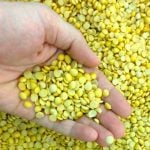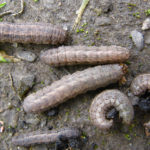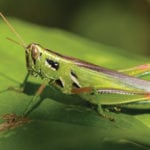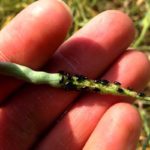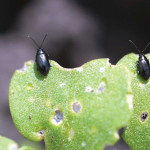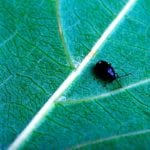If you’re seeing plenty of grasshoppers in your fields, you’re likely far from alone. John Gavloski, entomologist with Manitoba Agriculture, said at the Crop Diagnostic School on July 9 that populations have been on the increase for about three years. So, what action should you take if you see these hungry pests eating your crop?


